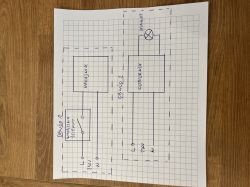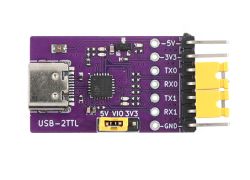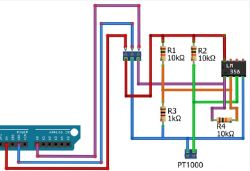Hi
I would be grateful for help in designing a switch for a wall lamp that is on a different circuit from the switch. The switch is an ordinary wall mounted key switch - I cannot change it to another. I am attaching a diagram of the installation. I would like it to be a simple (cheap) solution without batteries in the controls (230 V supply), I don't need additional control from e.g. remote controls, phone.
Regards
Richard
 .
.
I would be grateful for help in designing a switch for a wall lamp that is on a different circuit from the switch. The switch is an ordinary wall mounted key switch - I cannot change it to another. I am attaching a diagram of the installation. I would like it to be a simple (cheap) solution without batteries in the controls (230 V supply), I don't need additional control from e.g. remote controls, phone.
Regards
Richard
 .
.




